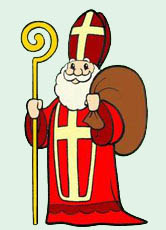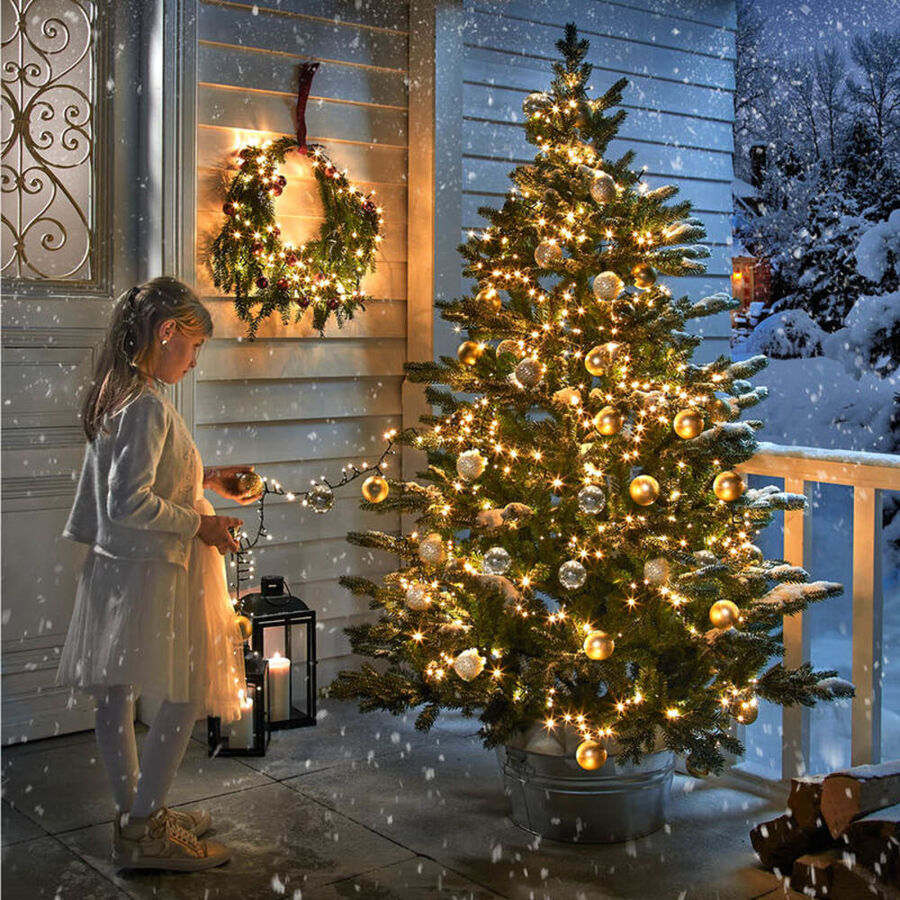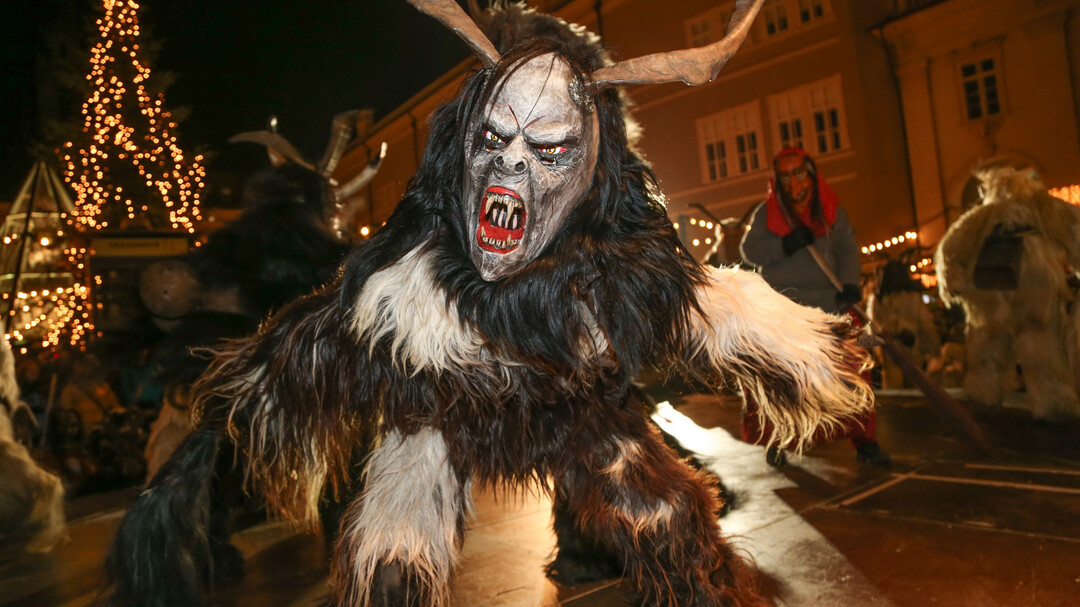Nowadays, Christmas seem to be international family event that does not have much to do with religion (I've even seen new, modern name of this fest - Xmas). I would like to take a look on the topic of Christmas customs in Austria and find out where they actually came from.
Let's start from the begining of December, so called Advent.
Adventskranz
It is an evergreen wreath with four candles; each sunday before Christmas a new candle is being lightened. This custom was probably invented in 19th century by a Protestant pastor in Germany, who worked with children from poor families and wanted to make their time of waiting for Christmas easier. The first wreath contained more candles: 20 small and 4 read - each for each day of Advent.
In 1920s Roman Catholics adopted this custom.
Saint Nicholas Day
I suppose this person is well known for everyone. He comes on 6th of December and brings gifts. In Austria, gifts are usually small (for example sweets) and Nicholas left them in shoes.
But where does this custom come from? Well, it is not clear. Some researchers say, that the custom of giving presents to the children was connected with 10th-century theater performances that were telling the story of saint Nicholas, the bishop of Mira. Others argue, that religious sisters from 12th-century France played a role of "the first Nicholas" since they were delivering presents (usually oranges and nuts) to poor families' hauses and left them at the door on the night of December 5-6.
Christmas Tree
I think the most popular custom is christmas tree. Nowadays in Austria chrismas tree is decorated a day before Christmas - on Christmas Eve. But long before Christianity people used to decorate their homes with fir, spruce and pine trees, since they believed, that evergreens would keep away evil spirits from their houses.
The ancient Egyptians worshipped a god Ra who was connected with the sun. They believed, that on solstice (the time of the shortest night in the year, 21-22 of December) Ra begins to recover from his illness. To celebrate this moment they filled their homes with green palms, that symbolized the triumph of live over death.
The ancient Romans knew, that after solstice their orchards and farms will soon become green and fruitful again. In order to celebrate this occasion, they decorated their temples and homes with evergreen boughts.
In Scandinavia the priests of Celts decorated their temples with evergreen plants because they symbolized for them everlasting life.
In modern times christmas tree appeared for the first time in 16th century in Germany. Some people built wooden pyramids and decorated them with evergreens. It is believed, that Martin Luther, the Protestant reformer, added lighted candles to the tree as first after he was amazed by the brilliance of stars during his evening walk in winter.
Krampus
Let's start from the begining of December, so called Advent.
Adventskranz
It is an evergreen wreath with four candles; each sunday before Christmas a new candle is being lightened. This custom was probably invented in 19th century by a Protestant pastor in Germany, who worked with children from poor families and wanted to make their time of waiting for Christmas easier. The first wreath contained more candles: 20 small and 4 read - each for each day of Advent.
In 1920s Roman Catholics adopted this custom.
Saint Nicholas Day
But where does this custom come from? Well, it is not clear. Some researchers say, that the custom of giving presents to the children was connected with 10th-century theater performances that were telling the story of saint Nicholas, the bishop of Mira. Others argue, that religious sisters from 12th-century France played a role of "the first Nicholas" since they were delivering presents (usually oranges and nuts) to poor families' hauses and left them at the door on the night of December 5-6.
Christmas Tree
I think the most popular custom is christmas tree. Nowadays in Austria chrismas tree is decorated a day before Christmas - on Christmas Eve. But long before Christianity people used to decorate their homes with fir, spruce and pine trees, since they believed, that evergreens would keep away evil spirits from their houses.
The ancient Egyptians worshipped a god Ra who was connected with the sun. They believed, that on solstice (the time of the shortest night in the year, 21-22 of December) Ra begins to recover from his illness. To celebrate this moment they filled their homes with green palms, that symbolized the triumph of live over death.
The ancient Romans knew, that after solstice their orchards and farms will soon become green and fruitful again. In order to celebrate this occasion, they decorated their temples and homes with evergreen boughts.
In Scandinavia the priests of Celts decorated their temples with evergreen plants because they symbolized for them everlasting life.
In modern times christmas tree appeared for the first time in 16th century in Germany. Some people built wooden pyramids and decorated them with evergreens. It is believed, that Martin Luther, the Protestant reformer, added lighted candles to the tree as first after he was amazed by the brilliance of stars during his evening walk in winter.
Krampus
It is a dark, hairy creature with horns. He comes at night with saint Nicholas or one night before him. But while Nicholas brings presents to well-behaved children, Krampus visits children who have misbehaved in order to punish them (he usually kidnappes them). This custom is known in Austria, Bavaria, Hungary, Croatia, Slovenia and Northern Italy.
The origin of Krampus is not clear. Some researchers write about connection with the Horned God - the god of witches in Wicca and Neopoganism, who was assimilated to the Christian devil. It was also suspected, that Krampus could be the son of Hel, Norse goddess of the underworld.
Nowadays, Krampus is quite popular concept among the artists since costumed characters and sculptures are the central part of all Krampus celebrations.




Komentarze
Prześlij komentarz